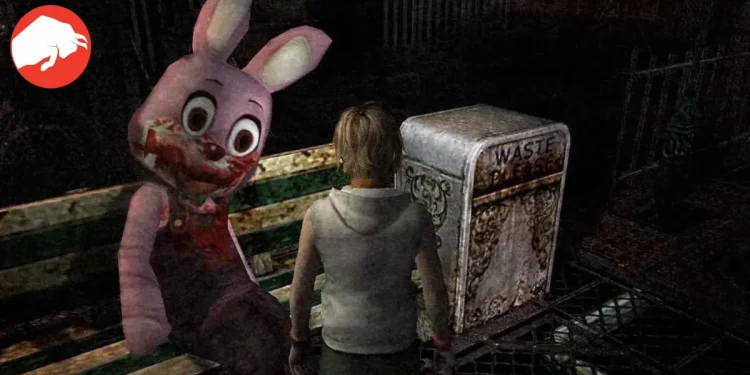The Silent Hill series, known for its profound impact on the psychological horror genre, has been a benchmark for over two decades. Its blend of eerie narratives, disturbing imagery, and atmospheric tension has left an indelible mark on horror gaming. As fans eagerly anticipate the series’ revival, it’s the perfect time to revisit and rank the mainline Silent Hill games, assessing their contributions to the horror genre and the gaming world at large.
Silent Hill 2: A Masterpiece in Psychological Horror
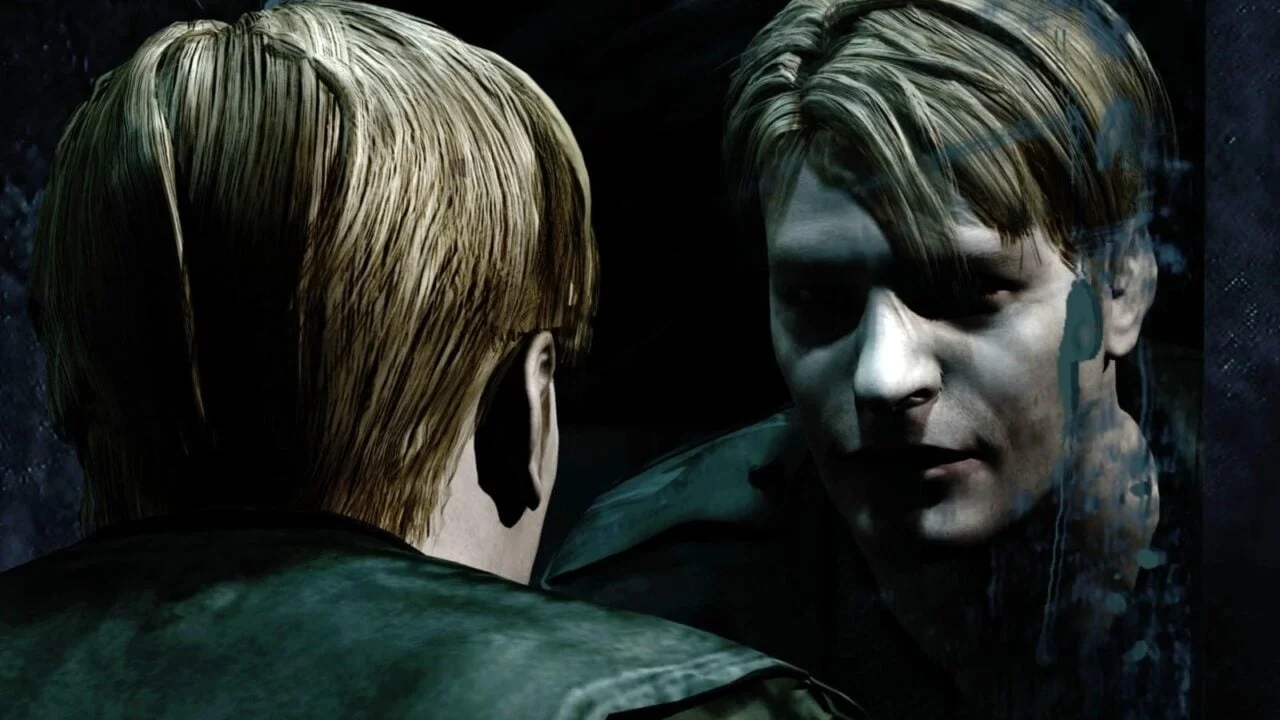
“Silent Hill 2” (2001) is often regarded as the pinnacle of the Silent Hill series and a significant milestone in video game history. Its exploration of themes like grief and guilt, combined with a haunting atmosphere and complex characters, sets it apart as a defining work in the survival horror genre. Characters like Maria and Pyramid Head have become iconic, contributing to the game’s lasting impact. “Silent Hill 2” is revered not just as a great horror game, but as a medium-defining masterpiece, akin to “The Shining” or “Halloween” in film.
The Beginning of Terror: Silent Hill (1999)
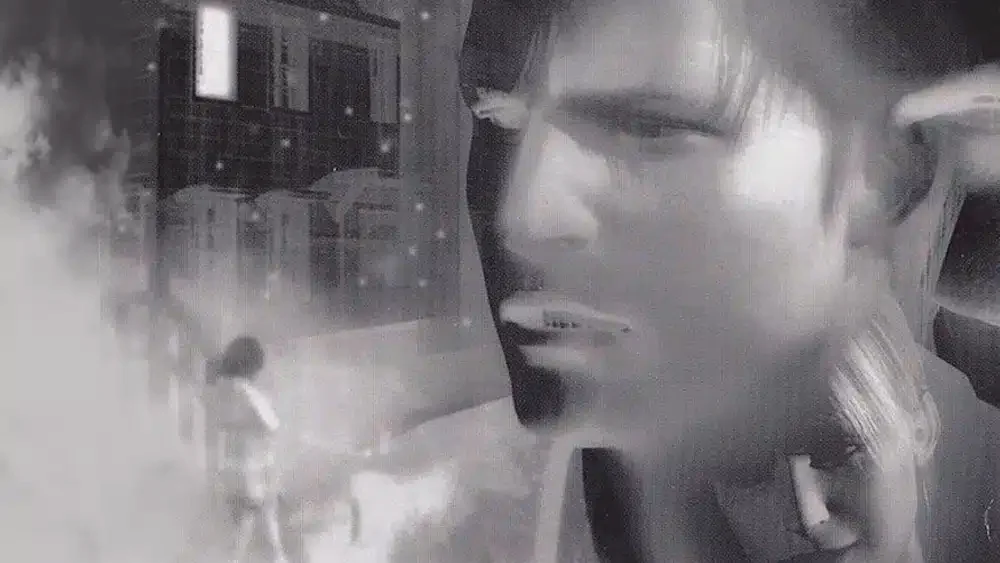
The first “Silent Hill” game, released in 1999, marked the start of this iconic series. Despite its modest origins, it established new standards in survival horror. It pioneered fully 3-D environments, dynamic camera angles, and an atmospheric use of fog, which have since become hallmarks of the series. The game’s story, revolving around Harry’s search for his daughter, combined with the exploration of the town’s dark secrets, made “Silent Hill” a standout title in its genre.
Silent Hill 3: Continuing the Legacy
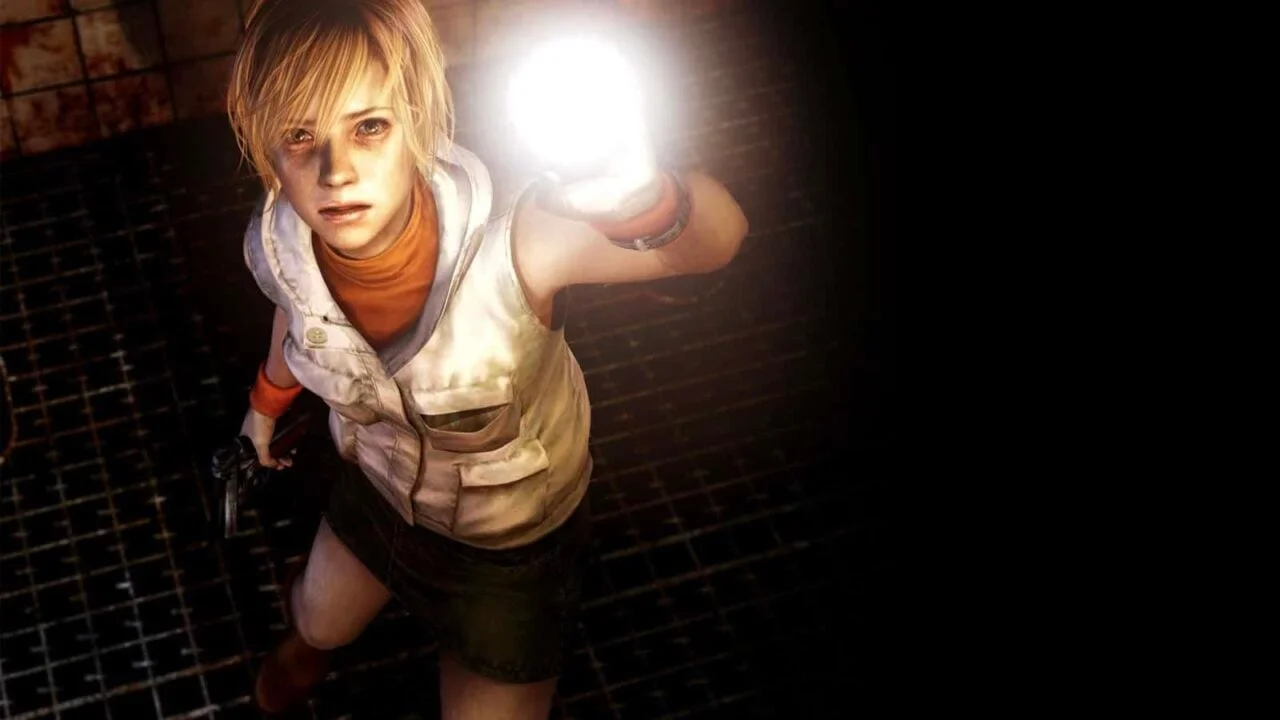
“Silent Hill 3” (2003) continued the narrative of the original game with its first female protagonist, Heather. Her journey to uncover her past and the town’s mysteries offered a compelling blend of horror and storytelling. The game’s boss fights and iconic moments solidified its place among the top entries in the Silent Hill series. Its slight improvement in controls over “Silent Hill 2” adds to its appeal, making it a strong contender for the best game in the series.
A Different Perspective: Silent Hill 4: The Room
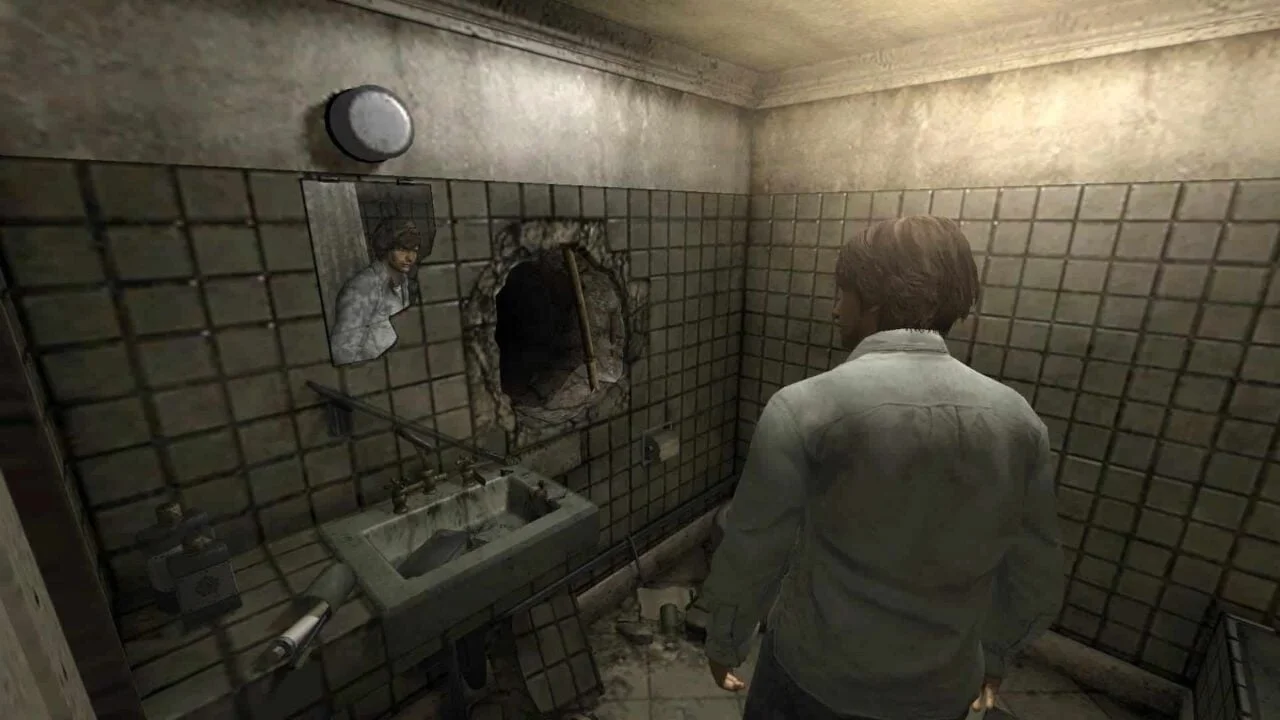
“Silent Hill 4: The Room” (2004), initially developed as a separate game, stands out for its unique approach. Centering on a protagonist trapped in an apartment, the game used a series of disturbing hellscapes as levels, tied together by returns to the apartment for story progression. The Room’s focus on psychological horror, excellent combat, and a standalone narrative makes it a notable entry in the series.
Silent Hill: Origins – The Black Sheep
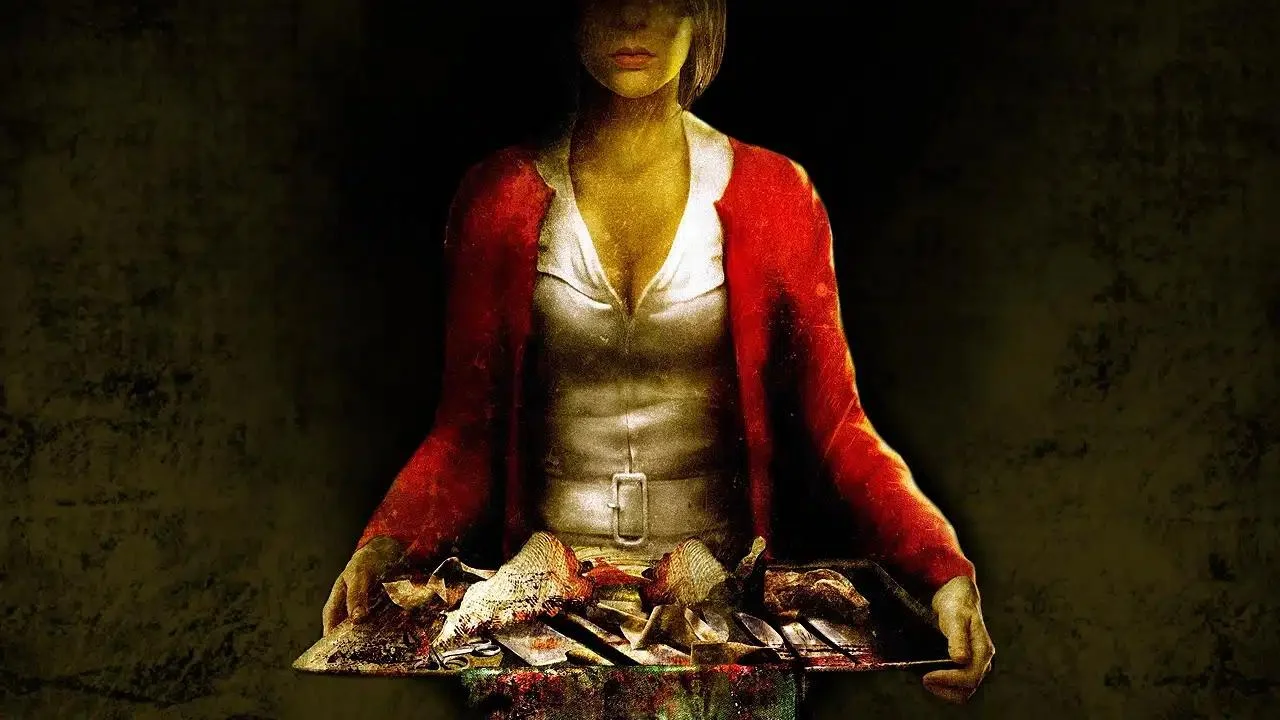
“Silent Hill: Origins” (2007) is often described as the series’ black sheep. While it feels like a Silent Hill game, it doesn’t significantly expand the lore or gameplay. As an origin story, it lacks depth in revealing new aspects of the Silent Hill universe. Though it was a decent PSP title offering a portable Silent Hill experience, it didn’t hold up as well on the PS2. The game is notable for its combat tweaks and the mirror-teleportation mechanic, but it fails to stand alongside its predecessors.
The Downpour of Silent Hill: Downpour
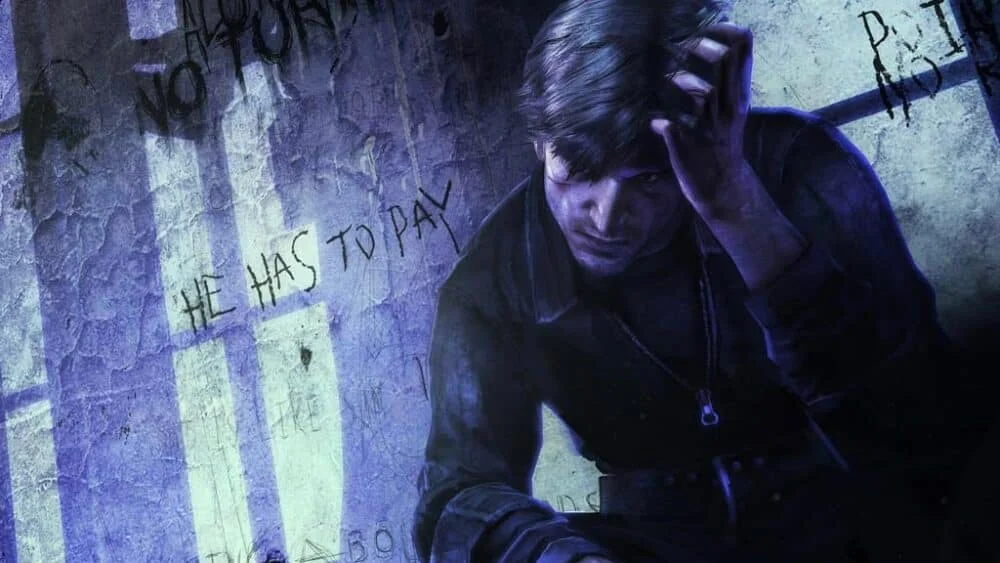
“Silent Hill: Downpour” (2012) represents an attempt at innovation within the series, with a new take on several elements. The game features an open-world format and more choices, set in a rain-soaked Silent Hill. However, technical issues such as texture popping and frame-rate drops hindered the experience. The focus on combat over core Silent Hill elements and a narrative that couldn’t maintain engagement resulted in a game that was just “okay.”
Silent Hill: Homecoming – A Misstep
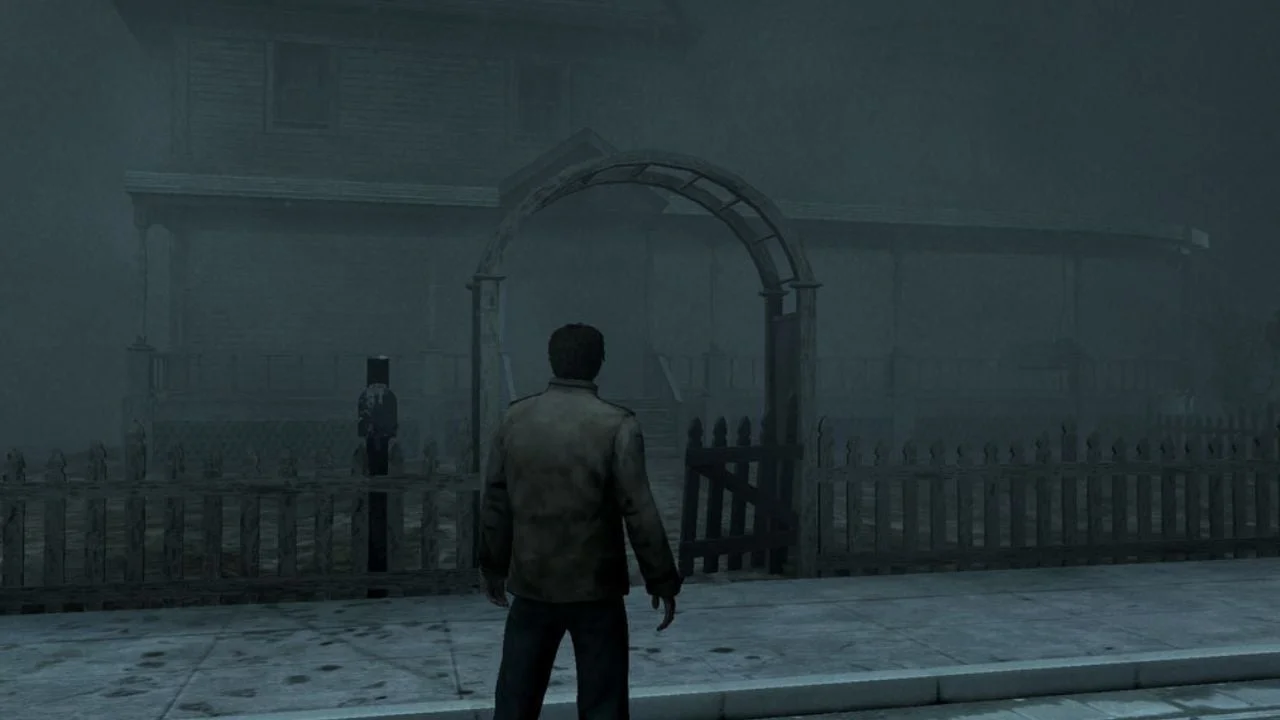
“Silent Hill Homecoming” (2008) deviates from the series’ essence, primarily due to development by a Western team. The game improved combat mechanics but failed to capture the subtle horror and atmosphere of Silent Hill. The result was a game that felt more like a knockoff than an authentic part of the franchise. The inclusion of Pyramid Head, a character specific to “Silent Hill 2,” further illustrated the game’s lack of originality and misunderstanding of Silent Hill lore.
Book of Memories: A Failed Experiment
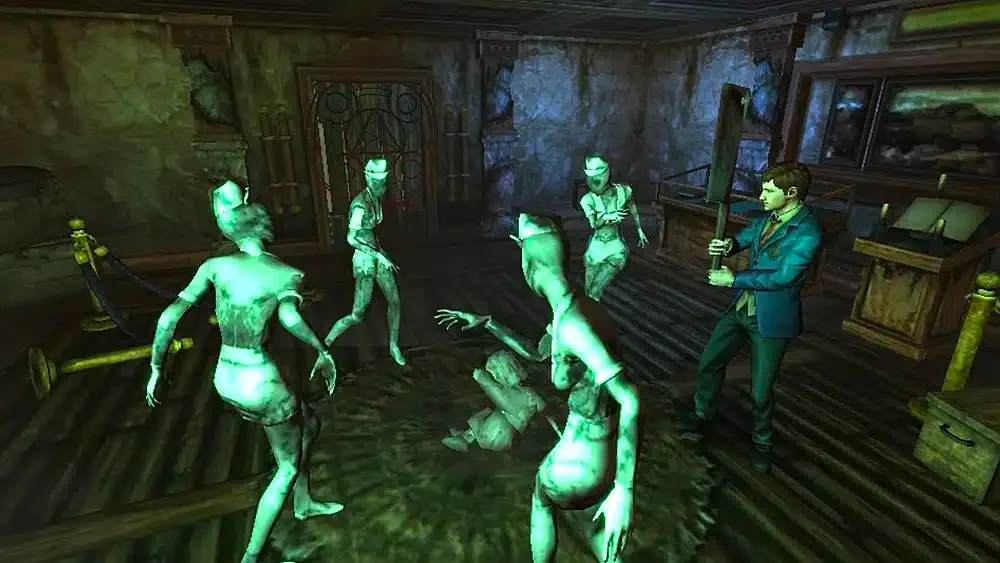
“Silent Hill: Book of Memories” (2012) took a creative risk by stepping away from traditional horror elements in favor of a dungeon crawler approach. However, it failed in almost every aspect, resulting in a game that neither honored the series’ legacy nor succeeded as a standalone title. The game alienated fans by diverging from the atmospheric and narrative focus of Silent Hill, falling short as both a horror game and a dungeon crawler.
The Silent Hill Saga
From the groundbreaking original to the polarizing later entries, the Silent Hill series has traversed a diverse range of horror experiences. As fans anticipate the series’ revival, revisiting these games offers a window into the evolution of psychological horror in gaming. The legacy of Silent Hill remains a testament to the power of storytelling and atmosphere in creating immersive, unsettling worlds.


